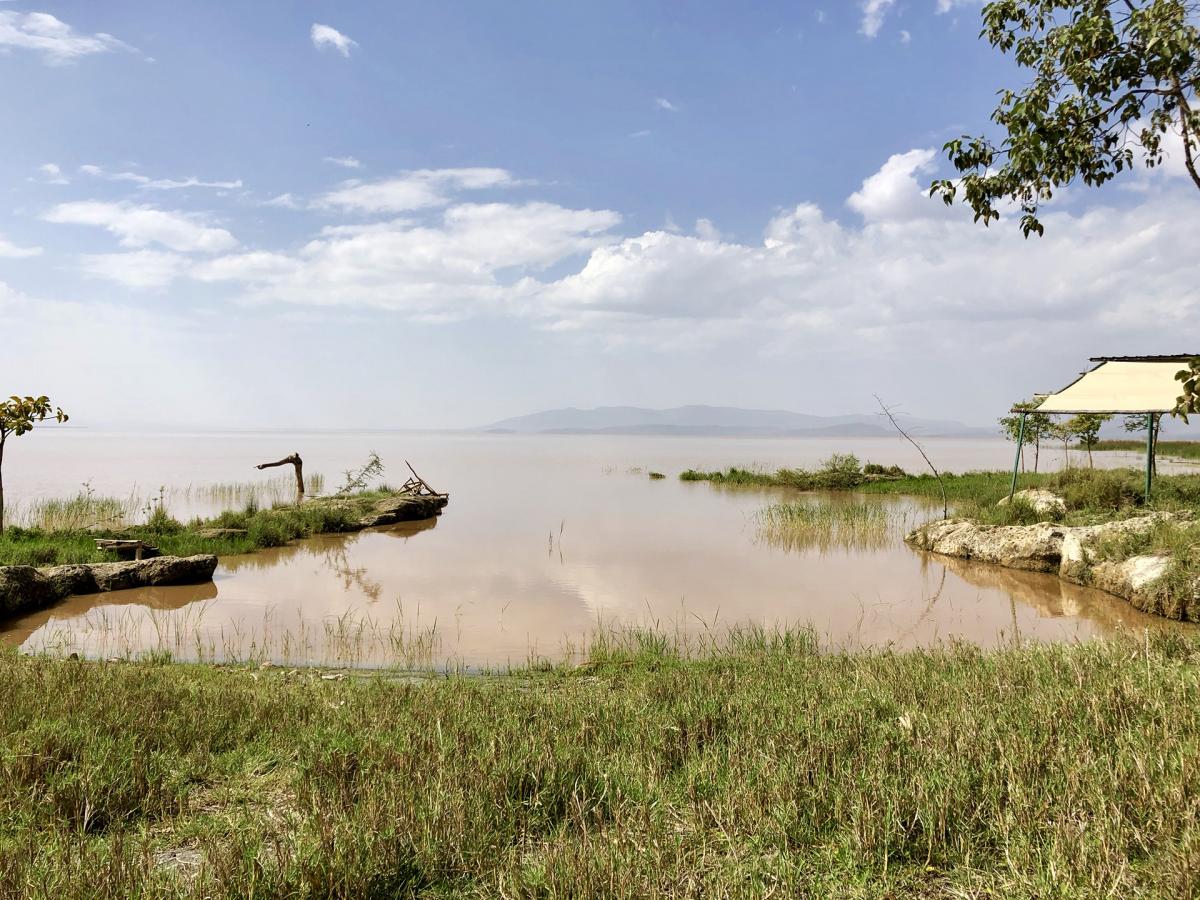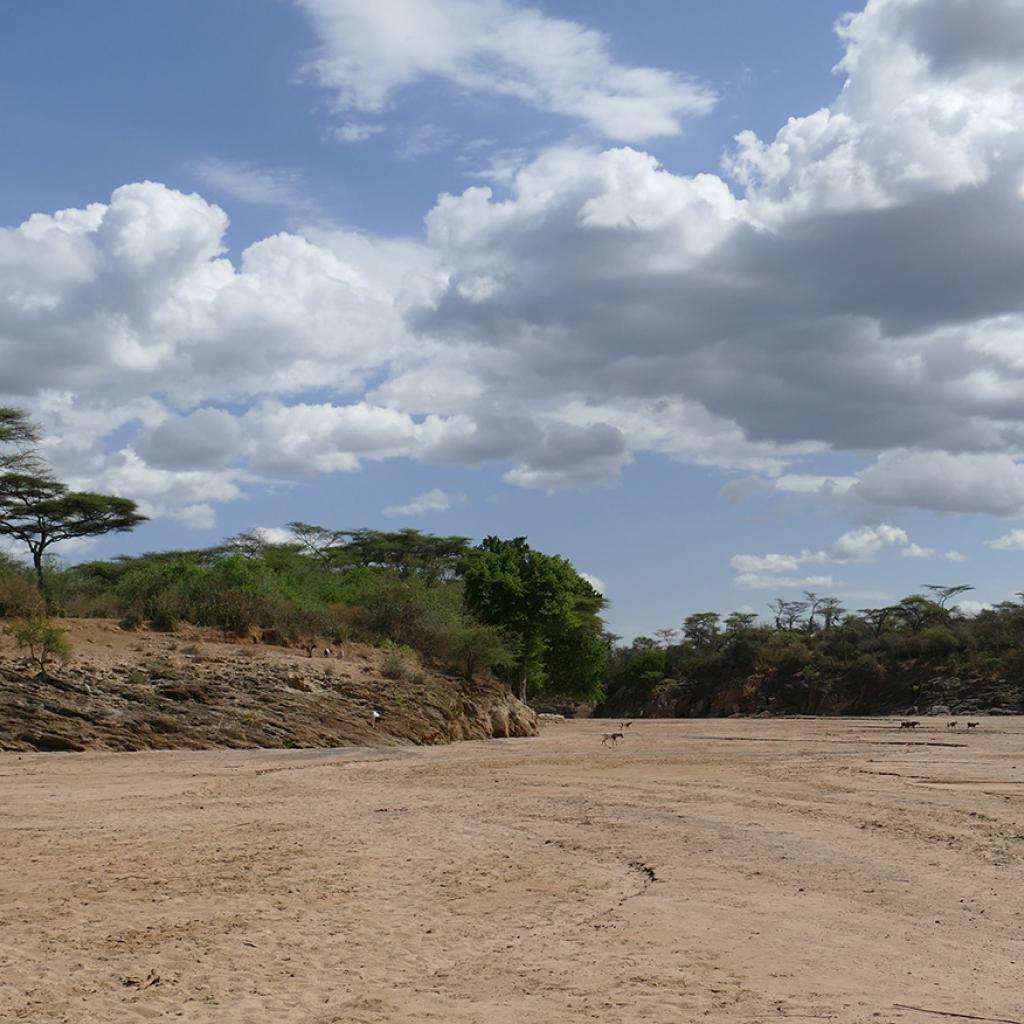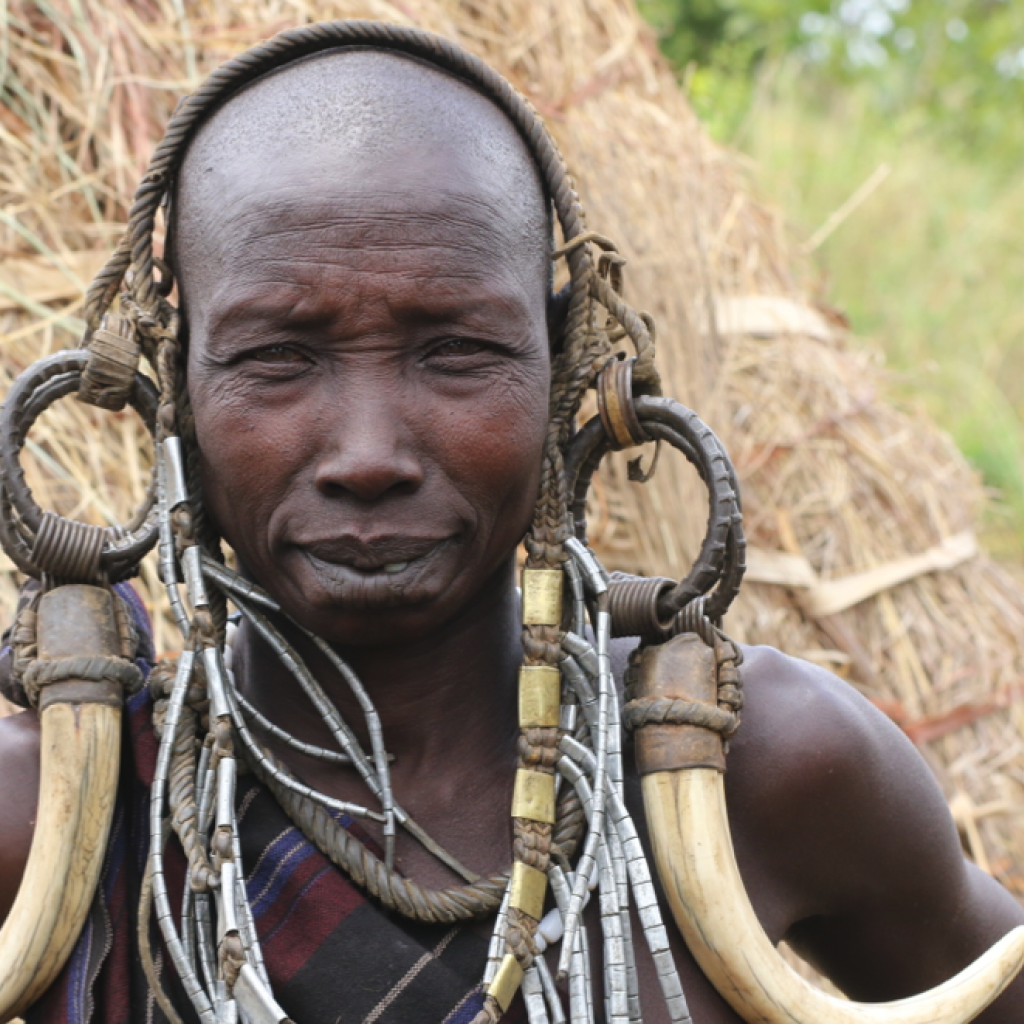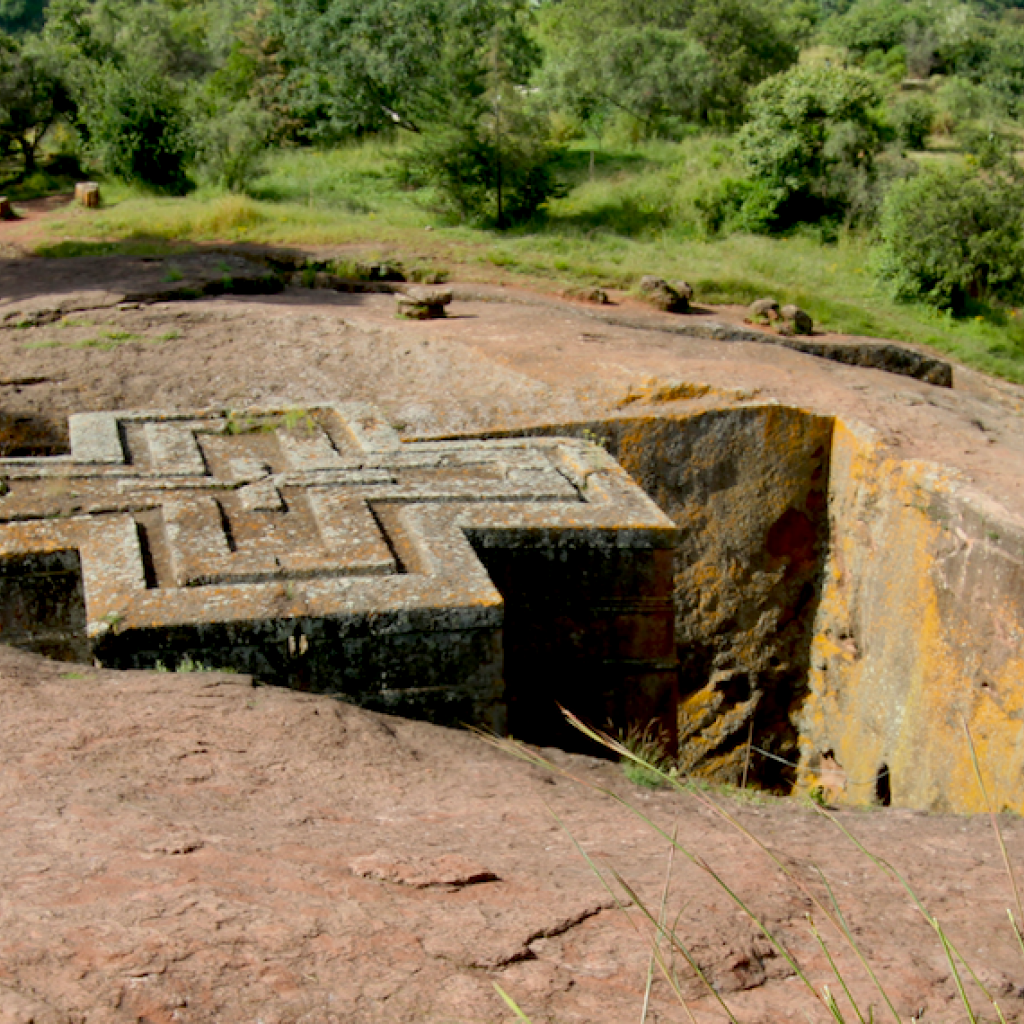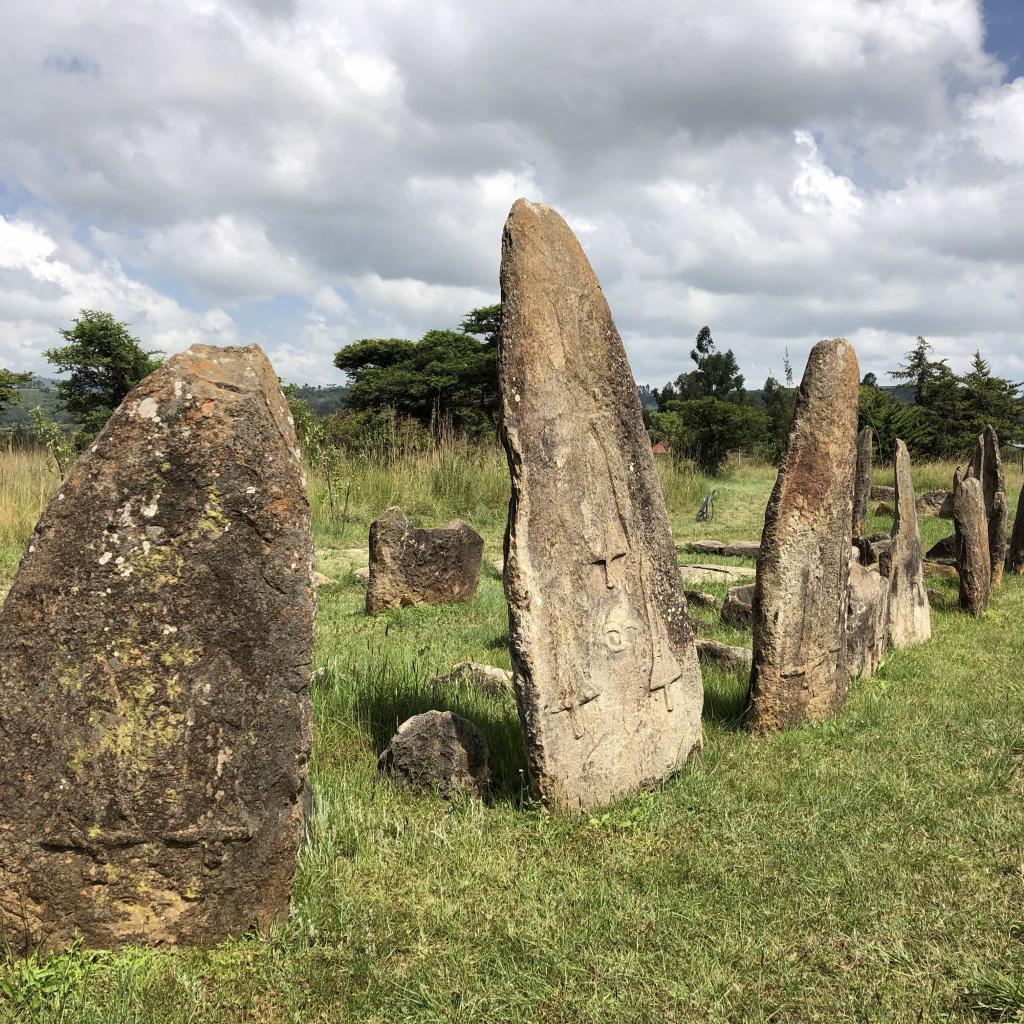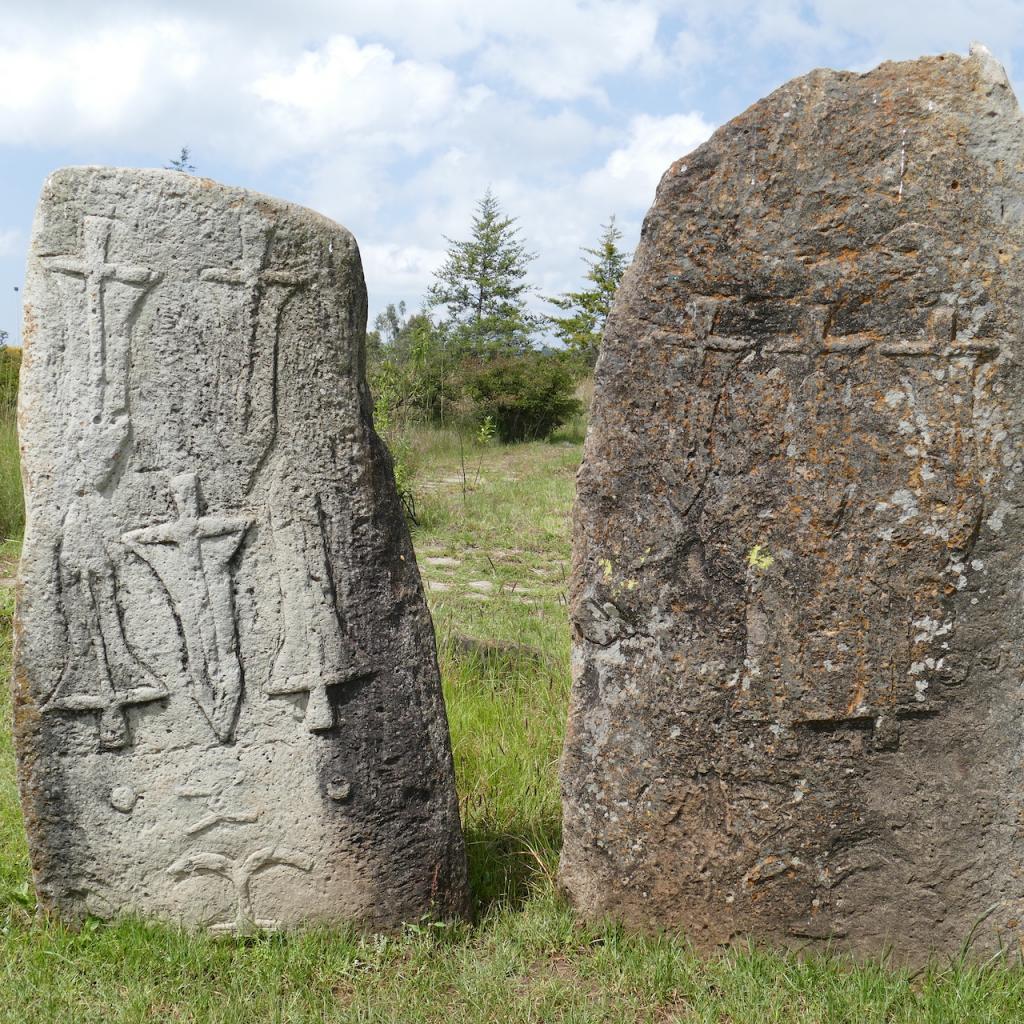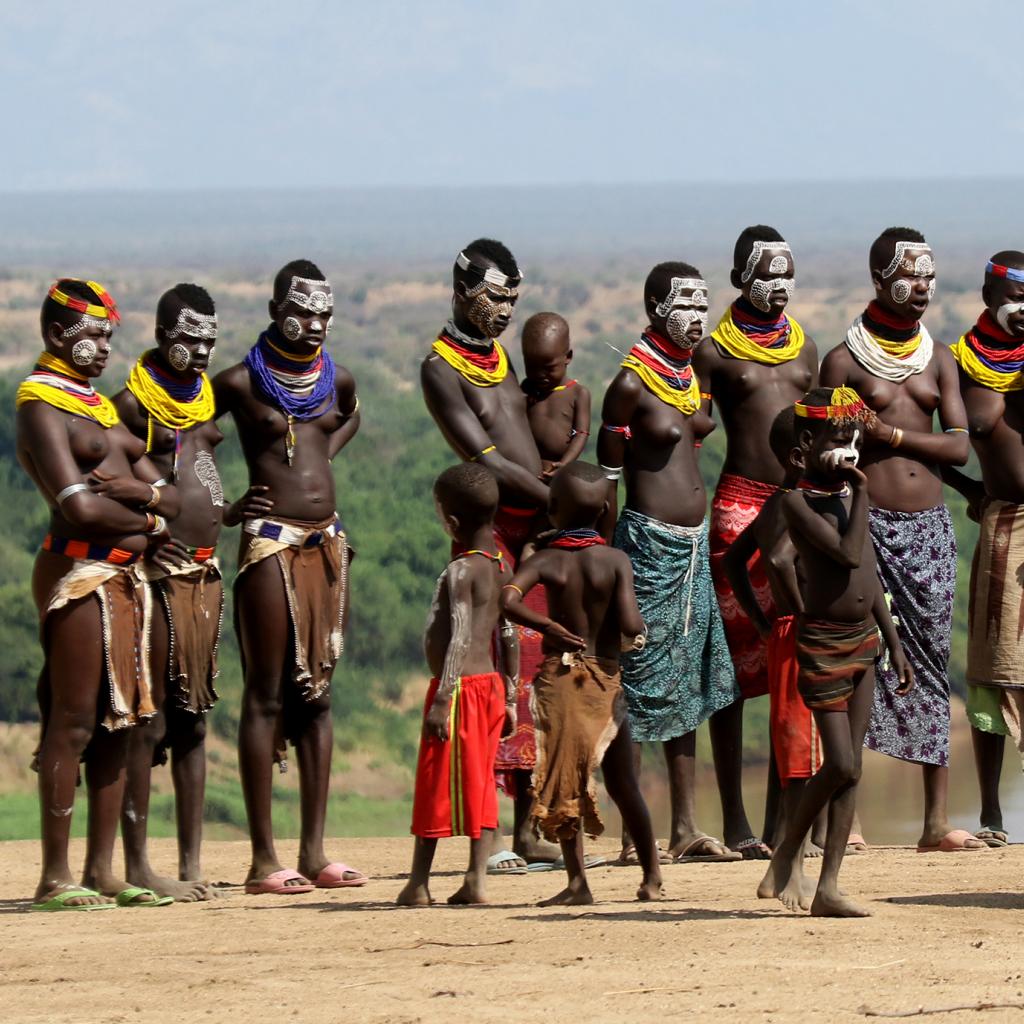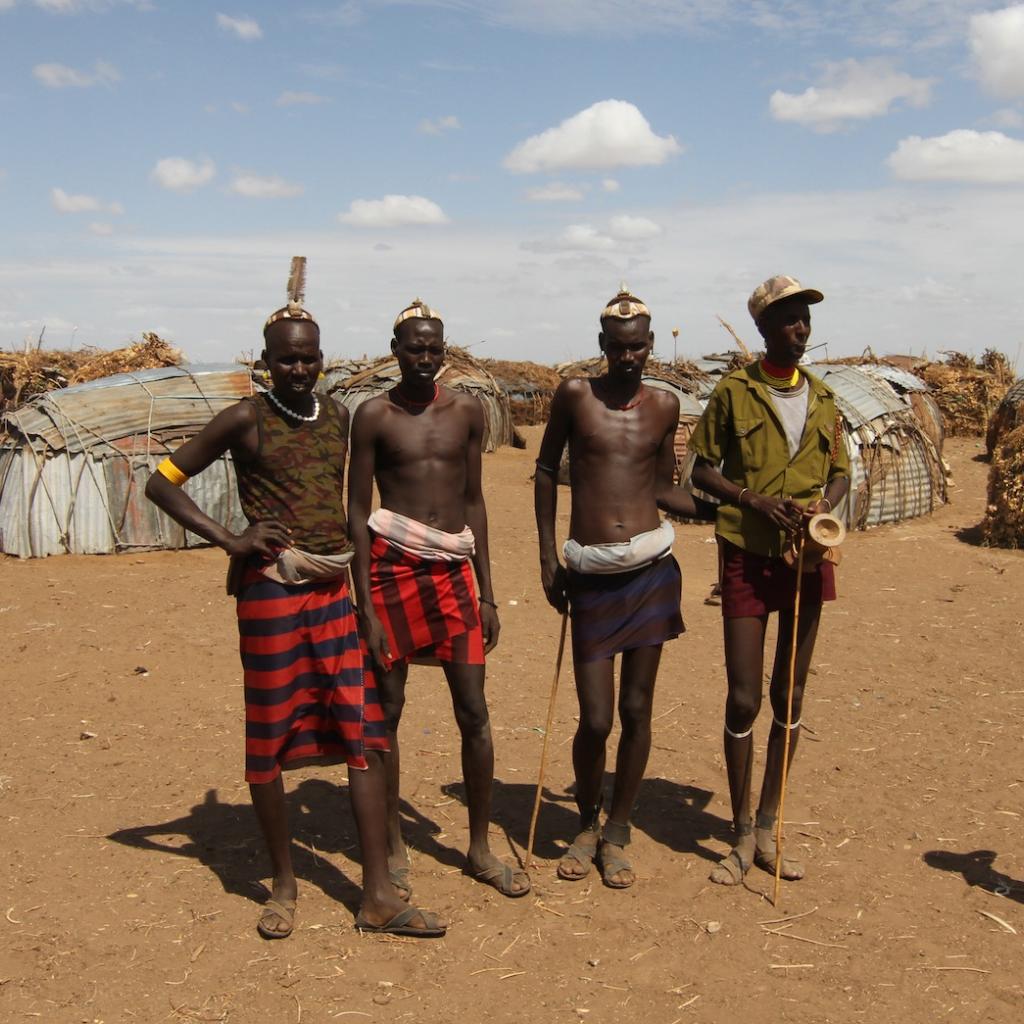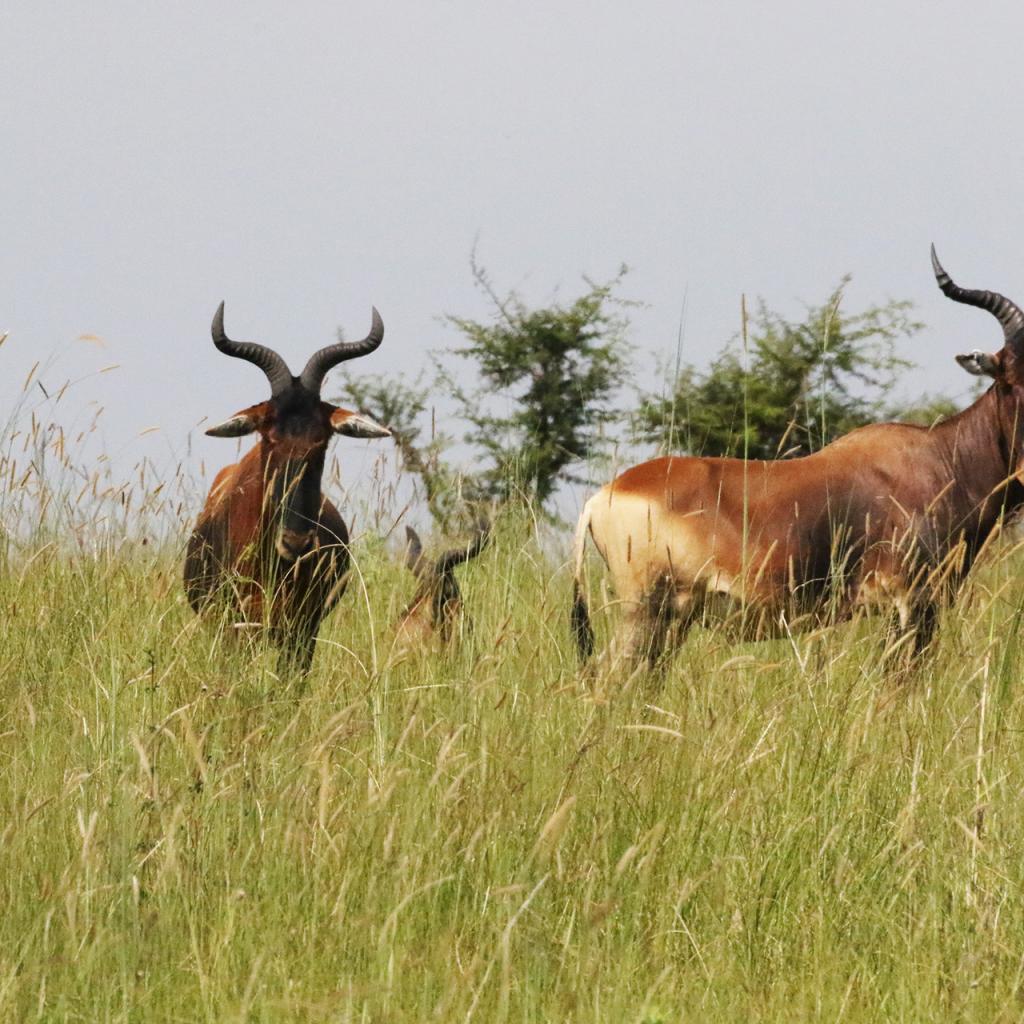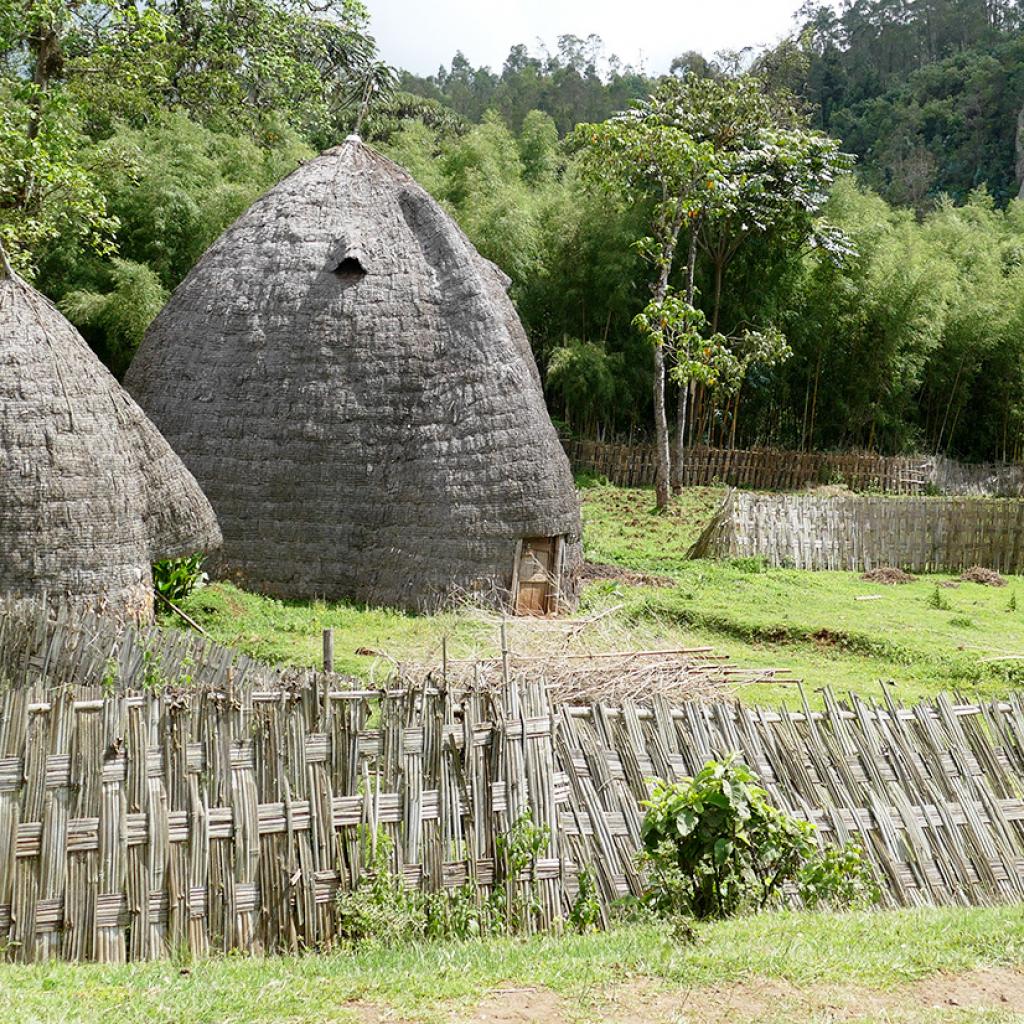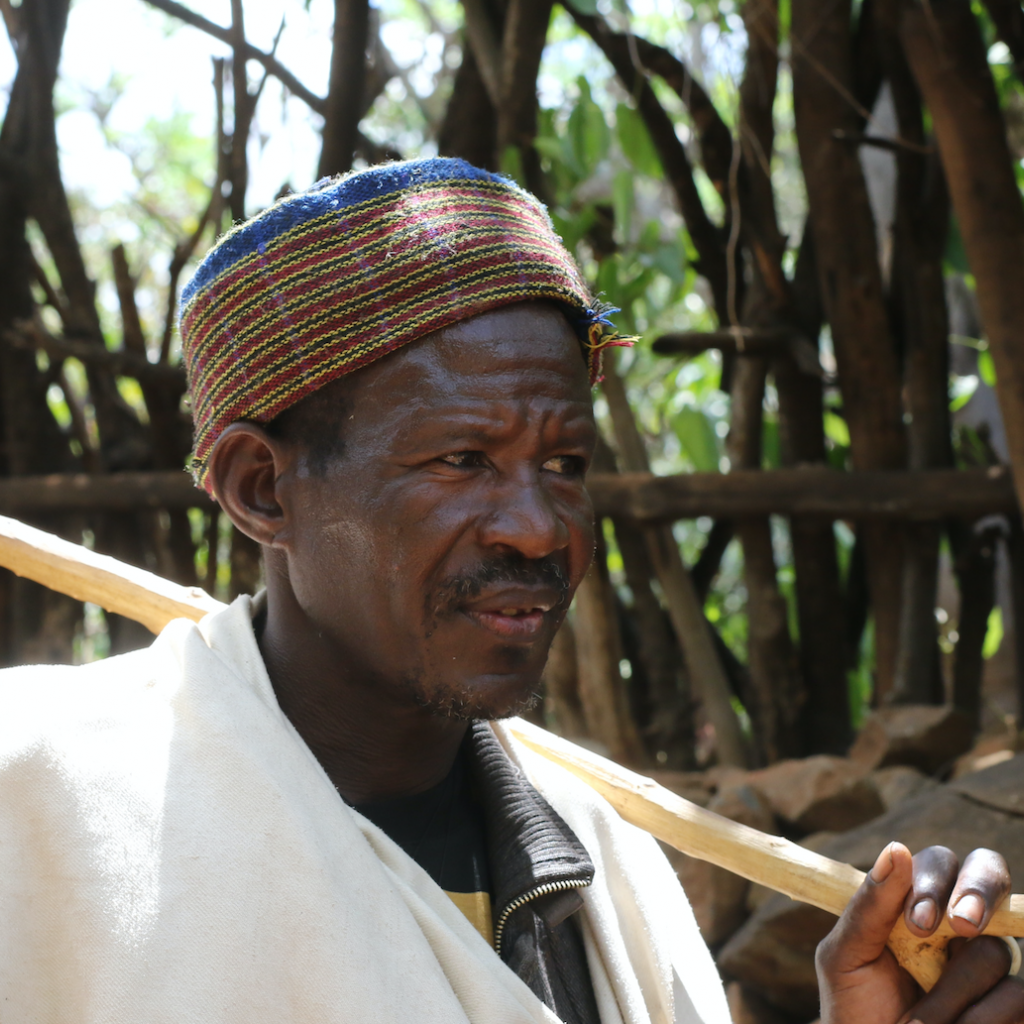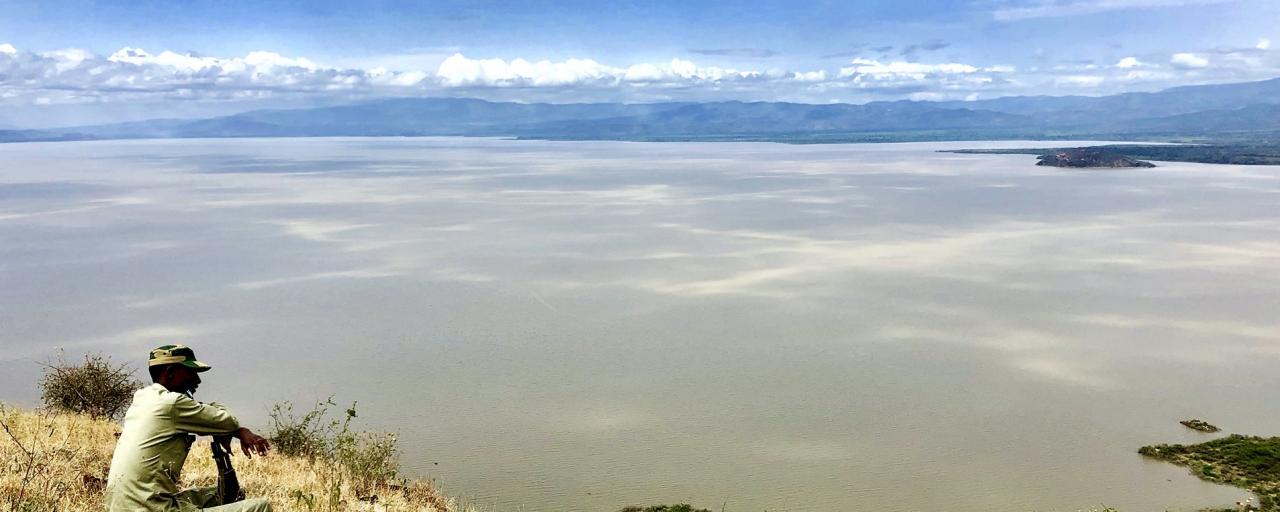
The lakes of the Rift Valley in Ethiopia
The Great Rift Valley or Great Tectonic Pit is a vast geographical and geological formation that was created following the separation of the African tectonic plate from the Arab tectonic plate; the Rift Valley cuts the African continent longitudinally, from Ethiopia to Mozambique.
On the bottom of the Rift Valley, along its entire length, there are a series of lakes, such as Lake Malawi between Malawi and Mozambique, Lake Tanganyka and Lake Natron in Tanzania, Lake Turkana, Lake Nakuru and Lake Bogoria in Kenya, just to name a few; also in the portion of the Ethiopian Rift Valley there are several lakes.
The lakes on the bottom of the Rift Valley all have different characteristics, some have fresh water, others are salty and alkaline; each lake has its own microclimate and the result is that in the Rift Valley there is a great biodiversity, hundreds of fish live here and many species of birds find their habitat on the lakes or on their coasts.
In Ethiopia there is the Northern section of the Rift Valley, on the bottom of this immense rift that divides the Ethiopian plateau in two there are several lakes, most of which do not have an outlet to the sea or to other water basins and, precisely for this, most have salty and alkaline waters.
Lakes are an important economic source for populations living close to their basin, fishing and sodium production represent the only source of income and livelihood for some villages.
The shores of many African lakes, the Ethiopian ones in particular, are uninhabited and the feeling they give is that they are still unexplored and unspoiled, in reality the villages of the local populations are deliberately built away from the water because of the dangers it represents, just think of the crocodiles and hippos that populate some lakes, but also some potentially lethal small insects such as mosquitoes.
The main lakes of the Great Rift Valley in Ethiopia
- Lake Abaya
- Lake Chamo
- Lake Zway or Ziway
- Lake Shalla
- Lake Langano
- Lake Abijatta
- Lake Awasa or Hawassa
Lake Abaya is the second largest lake in Ethiopia, its waters have an unusual reddish color, due to the presence of a large amount of iron sediment; two tourist destinations overlook Lake Abaya: the city of Arba Minch and the Nechisar National Park, on the South-West and South coast respectively.
The smaller Lake Chamo is located not far from the Southern shore of Lake Abaya, from which it is separated only by a small strip of land, known as the Bridge of God; on the shores of Lake Chamo is the Crocodile Market, one of the best destinations in Africa to admire the Nile crocodiles in their natural habitat; hundreds of reptiles congregate here, while a large variety of birds and hippos are found nearby.
Lake Zway or Lake Ziway is one of the few freshwater lakes found at the bottom of the Rift Valley in Ethiopia; the lake is known for its bird and hippos populations as well as an important fishing industry.
Lake Shalla is the deepest of the Ethiopian lakes of the Rift Valley and is part of the Abijatta-Shalla Lakes National Park; on the bottom of the lake there are some sulphurous springs while the various islands are inhabited by large white pelicans.
Lake Shalla is also surrounded by hot springs, the steam rising from these springs makes the landscape around the lake quite misty; while at the Southern end of the lake, there are large groups of flamingos and water birds.
Lake Langano, unlike all other freshwater lakes in Ethiopia, is devoid of Bilharzia and therefore is the ideal destination for an ideal escape from the chaotic Addis Abeba.
The waters of Lake Langano are of a slightly inviting brown color, the reason for the color is due to the richness in minerals, including high levels of sulfur, that have led many to believe the water of the lake has healing properties.
On the shores of Lake Langano there are some good level resorts for fans of water activities and bird watching.
There is a large variety of wild animals around Lake Langano, including hippos, white and black colobus, baboons, warthogs and a large variety of birds.
In the past, two earthquakes had their epicenter near Lake Langano and, following them, a 25-30 meters high geyser was created on the island of Edo Laki, in the Northern part of the lake; the geyser later disappeared, leaving room to a hot spring.
Lake Abijatta is an alkaline lake and is part of the Abijatta-Shalla Lakes National Park with the same name; along the North-Eastern shore of this lake there are numerous thermal springs, important both as tourist attraction and for local inhabitants.
The lake is home to a good population of flamingos that find the ideal food in its waters, there are also numerous water birds; in addition, Lake Abijatta is also important for the extraction of sodium carbonate, on its banks 20,000 tons of sodium carbonate are produced every year.
Lake Awasa or Hawassa is a very fishy freshwater basin and on its banks you can visit an interesting fish market; as in the waters of other Ethiopian lakes, here too there are numerous pelicans, cormorants, herons and other species of waterfowl.
Speaking of Ethiopian lakes, one cannot fail to mention Lake Tana, even if it is not one of the lakes on the bottom of the Rift Valley; Lake Tana is located on the Ethiopian highlands and it is important because, not only is it the largest lake in Ethiopia, but it is also the source of the Blue Nile.
In 2015 the region of Lake Tana was named Biosphere Reserve by UNESCO, recognizing its natural and cultural importance, both nationally and internationally.
